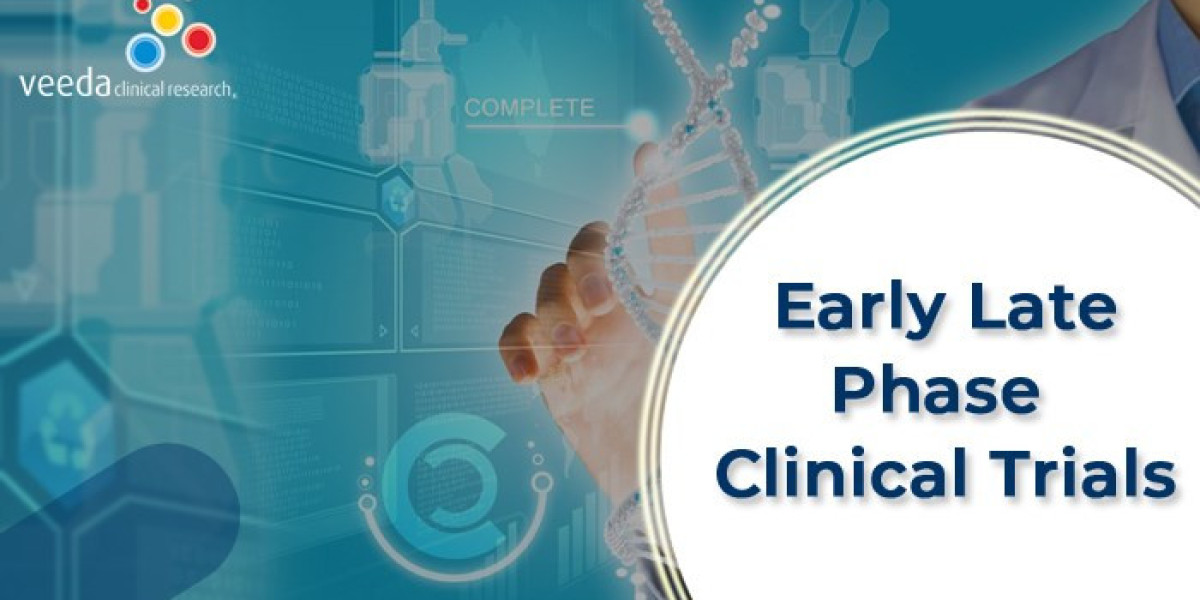Introduction:
As the culmination of the arduous journey from bench to bedside, late-phase clinical development represents a pivotal stage in the evaluation of potential therapeutic interventions. These trials, encompassing Phase III and sometimes Phase IV studies, are designed to provide definitive evidence of safety, efficacy, and overall benefit-risk profile in larger patient populations. The intricacies of late-phase clinical development, exploring its significance, challenges, and key strategies employed to navigate this critical phase of drug development.
Understanding Late Phase Clinical Development:
Late-phase clinical development constitutes the final stages of clinical testing before regulatory submission and potential market approval. Phase III trials typically involve large cohorts of patients and are aimed at confirming the efficacy observed in earlier phases, assessing long-term safety, and comparing the investigational treatment to standard of care or placebo. Phase IV studies, often referred to as post-marketing surveillance trials, further evaluate the safety and effectiveness of approved therapies in real-world clinical settings.
The Importance of Late-Phase Clinical Development:
Late-phase clinical trials serve as the definitive evaluation of a drug's therapeutic potential, providing crucial evidence to support regulatory approval and clinical adoption. These studies not only validate the efficacy observed in earlier phases but also inform clinical practice guidelines, reimbursement decisions, and patient care pathways. Moreover, late-phase trials contribute valuable data on rare adverse events, long-term outcomes, and treatment durability, shaping our understanding of a therapy's overall benefit-risk profile.
Key Components of Late-Phase Clinical Development:
Patient Recruitment and Retention:
Late-phase trials require robust patient recruitment strategies to enroll diverse populations representative of the target population.
Retention efforts, including patient engagement initiatives and logistical support, are essential to minimize dropout rates and ensure the integrity of trial data.
Endpoint Selection and Study Design:
Late-phase trials employ clinically relevant endpoints that capture meaningful treatment effects and align with regulatory requirements.
Rigorous study designs, including randomized controlled trials (RCTs) and pragmatic trials, optimize trial results' statistical power and generalizability.
Regulatory Compliance and Market Access:
Late-phase clinical development necessitates strict adherence to regulatory guidelines and submission requirements for market approval.
Collaborative interactions with regulatory agencies facilitate the timely review and approval of new therapies, expediting access to patients in need.
Health Economics and Outcomes Research (HEOR):
HEOR studies conducted alongside late-phase trials assess the economic and societal impact of new treatments, including cost-effectiveness and patient-reported outcomes.
These analyses inform healthcare decision-making and reimbursement policies, demonstrating the value of innovative therapies in real-world settings.
Post-Marketing Surveillance and Pharmacovigilance:
Phase IV studies monitor the long-term safety and effectiveness of approved therapies in diverse patient populations.
Pharmacovigilance efforts involve ongoing surveillance of adverse events, signal detection, and risk management strategies to ensure the continued safety of marketed products.
Challenges and Opportunities:
Late-phase clinical development presents unique challenges, including escalating costs, regulatory complexities, and evolving clinical trial methodologies. Patient recruitment and retention remain ongoing challenges, particularly in rare disease populations or regions with limited healthcare infrastructure. Furthermore, the emergence of novel therapeutics, such as gene and cell-based therapies, introduces additional considerations regarding manufacturing scalability, reimbursement models, and long-term follow-up.
However, innovative approaches, such as decentralized trials, real-world evidence generation, and patient-centric trial designs, offer opportunities to streamline late-phase development and enhance patient engagement. Collaborative partnerships between stakeholders, including industry sponsors, regulatory agencies, patient advocacy groups, and healthcare providers, facilitate the translation of scientific discoveries into tangible patient benefits.
Conclusion:
Unveiling the culmination of late-phase clinical development requires a comprehensive understanding of the scientific, regulatory, and ethical dimensions inherent in this critical phase of drug development. By navigating the complexities of late-phase trials with diligence and innovation, researchers can advance medical science, improve patient outcomes, and address unmet medical needs. As we continue to navigate this transformative journey, we move closer to realizing the promise of innovative therapies that shape the future of healthcare.








